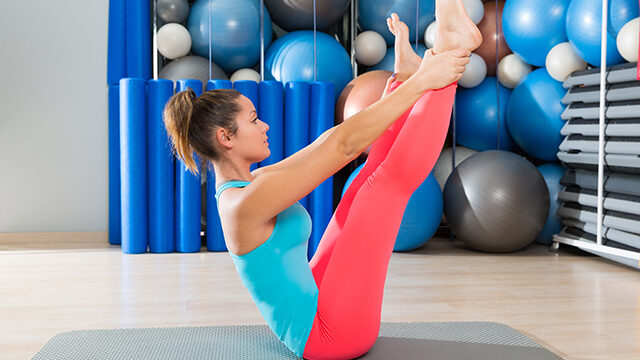Are you planning a special event, corporate travel, or just looking for a luxury ride? A chauffeur is the perfect choice to make your ride comfortable and stylish. But with so many options out there, how do you choose the perfect chauffeur for your needs? In this guide, we’ll walk you through everything you need to know about choosing the perfect chauffeur Ballarat, from finding the right company to assessing their qualifications and experience.
1. Introduction
A chauffeur can make your travel experience memorable and comfortable. They are professional drivers who are trained to provide exceptional customer service. However, choosing the perfect chauffeur can be a daunting task, especially if you are not familiar with the industry. This guide will help you understand the factors to consider when choosing the perfect chauffeur for your needs.
2. Understand Your Needs
Before you start looking for a chauffeur, it’s important to understand your needs. Consider the following factors:
2.1 Occasion
Are you planning a wedding, a corporate event, or a special night out? The occasion will determine the type of vehicle you need and the level of service you require.
2.2 Destination
Where are you going? Consider the distance, traffic, and road conditions. You may need a chauffeur who is familiar with the area.
2.3 Number of Passengers
How many people will be riding with you? Make sure the vehicle can accommodate everyone comfortably.
2.4 Special Requests
Do you have any special requests, such as a particular type of music or a specific route? Make sure to communicate these requests with the chauffeur.
3. Do Your Research
Once you understand your needs, it’s time to start looking for a chauffeur. Here are some tips on how to research your options:
3.1 Search Online
Start by searching online for chauffeur companies in your area. Look for companies with a professional website and a strong online presence.
3.2 Check Reviews
Read online reviews from previous clients. This will give you an idea of the level of service you can expect from the company.
3.3 Ask for Referrals
Ask friends, family, and colleagues for referrals. Personal recommendations can be very helpful in choosing the right chauffeur.
4. Assess the Company
Before you choose a chauffeur company, make sure to assess their qualifications and experience. Here are some factors to consider:
4.1 License and Insurance
Make sure the company is licensed and insured. This will ensure that you are protected in case of an accident or other unexpected event.
4.2 Vehicle Fleet
Check the company’s vehicle fleet to make sure they have the type of vehicle you need. A professional chauffeur company should have a range of vehicles to suit your needs, from sedans to limousines to SUVs.
4.3 Chauffeur Training
Ask about the company’s chauffeur training program. A reputable company should provide their drivers with thorough training on safe driving, customer service, and protocol.
4.4 Safety and Security Measures
Inquire about the company’s safety and security measures. This may include background checks on their chauffeurs, regular vehicle maintenance, and GPS tracking for their vehicles.
5. Assess the Chauffeur
Once you’ve found a reputable company, it’s important to assess the individual chauffeur who will be driving you. Here are some factors to consider:
5.1 Qualifications
Make sure the chauffeur has the necessary qualifications, such as a valid driver’s license and a clean driving record.
5.2 Experience
Ask about the chauffeur’s experience. A seasoned chauffeur will be familiar with different types of vehicles, routes, and traffic conditions.
5.3 Professionalism
Assess the chauffeur’s level of professionalism. A professional chauffeur should be well-groomed, polite, and attentive to your needs.
5.4 Communication Skills
Communication is key when it comes to a successful chauffeur experience. Make sure the chauffeur can communicate effectively and understands your requests.
6. Pricing and Contract
Before you hire a chauffeur, it’s important to understand the pricing and contract terms. Here are some factors to consider:
6.1 Understand Pricing
Make sure you understand the pricing structure, including any additional fees or charges.
6.2 Contract Terms and Conditions
Read the contract carefully before signing. Make sure you understand the terms and conditions, including cancellation policies and liability.
7. Conclusion
Choosing the perfect chauffeur requires careful consideration of your needs, research on the company and individual chauffeur, and understanding the pricing and contract terms. By following these tips and tricks, you can find a reliable and professional chauffeur for your next event or travel experience.



